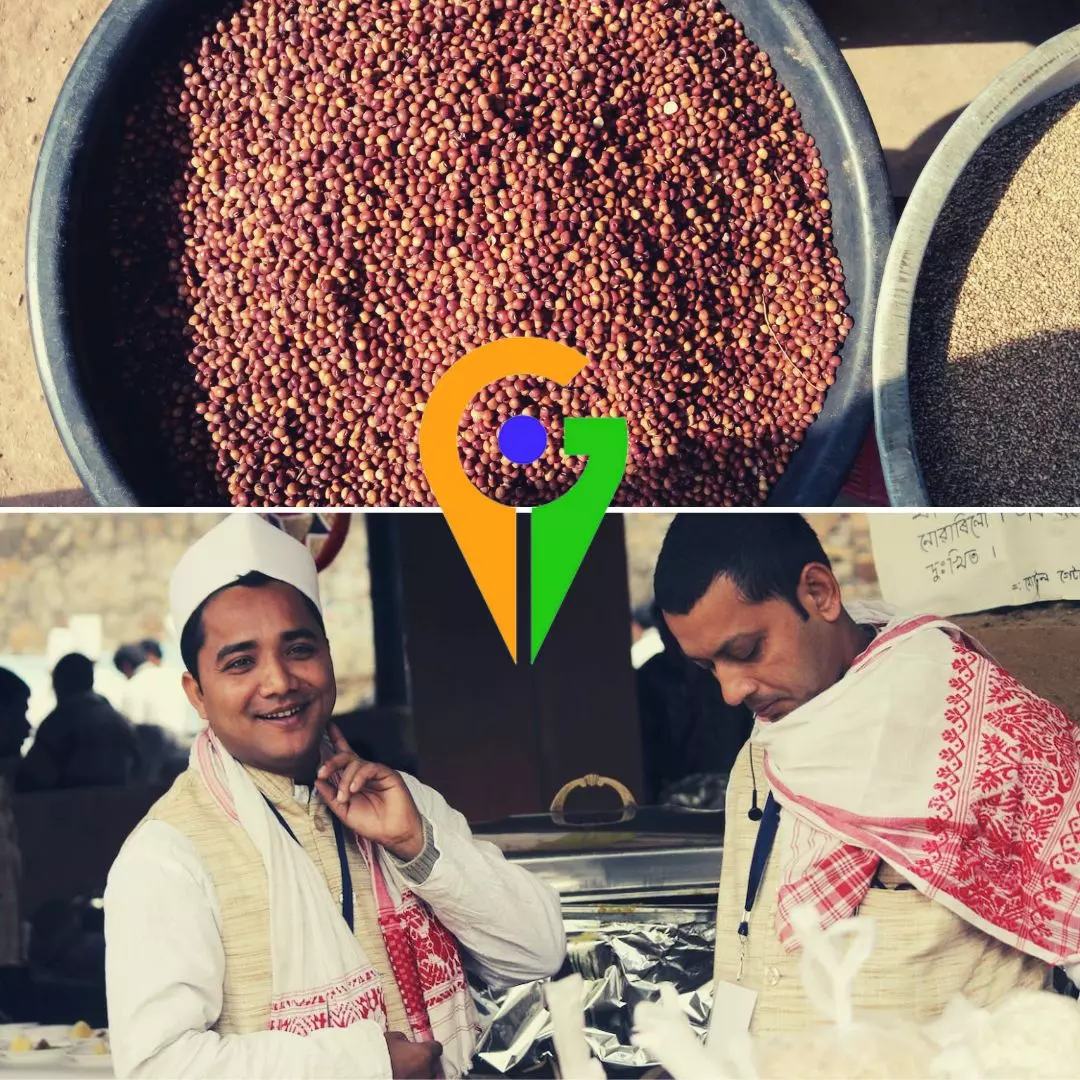
Image Credit- Groceries Online, Pexels
Telangana's Tandur Redgram Among 9 Products From Across India Get GI Tag, Kerala With 5 Items Tops Table
Writer: Hardik Bhardwaj
He is a student of SIMC, who is organized and able to meet deadlines in a fast-paced environment.
India, 15 Dec 2022 9:39 AM GMT
Editor : Shiva Chaudhary |
A post-graduate in Journalism and Mass Communication with relevant skills, specialising in content editing & writing. I believe in the precise dissemination of information based on facts to the public.
Creatives : Shiva Chaudhary
A post-graduate in Journalism and Mass Communication with relevant skills, specialising in content editing & writing. I believe in the precise dissemination of information based on facts to the public.
A GI is primarily a manufactured product (handicrafts and industrial goods), an agricultural product, or a natural product from a specific geographic region. Currently, the total number has now reached 432.
The Tandur Redgram of Telangana, the Gamosa from Assam, the Alibag White Onion from Maharashtra, and the Raktsey Karpo Apricot from Ladakh, are four of the nine products across the country that have recently received the Geographical Indication (GI) label from the Union government.
Five of the nine GI tags assigned to products were from Kerala. According to the Ministry of Commerce and Industry, the total number has now reached 432.
Understand GI Product With Examples
A GI is primarily a manufactured product (handicrafts and industrial goods), an agricultural product, or a natural product from a specific geographic region. Such a tag typically guarantees quality and originality, mainly attributed to its origin's location. For example, Tandur Redgram is a traditional crop found in the rain-fed stretch of Telangana, which was recently granted the GI tag. It has a protein content of approximately 22–24 per cent, or nearly three times that of grains, making it a desirable product in the domestic and international markets.
The Directorate of Handloom & Textiles, Guwahati, received the GI tag for Gamosa of Assam. Now for the Assamese, this traditional textile holds immense significance. Both men and women wrap a gamosa around their necks in every puja and nam prasang ritual. Furthermore, the younger present elders with gamosa as a sign of respect during Bihu.
In Maharashtra's Raigad district, the Alibag White Onion, a typical kind of white onion, was also assigned a tag. Unlike the regular onions sold in markets, this one does not have a pungent smell, and its flavour is sweeter than other onions.
Thus, a product's uniqueness, market potential, and relevance in the culture of a particular region determine whether it will qualify for a GI tag. The government recently approved an expenditure of ₹ 75 crores over three years to promote GIs in awareness campaigns, as per Business Standard.
Procedure For Registering GI Products
The usual procedure for registering GI items entails submitting an application, preliminary examination and scrutiny, publication in the geographical indications journal, show cause notice, opposition to registration, and registration. Any group of people, producers, organisations, or authorities created by or operating under the law are eligible to apply. The applicant must speak for the producers' interests.
Basmati rice, Darjeeling tea, Chanderi fabric, Allahabad Surkha, Mysore silk, Kullu shawl, Kangra tea, Farrukhabad prints, Lucknow zardozi, and Kashmir walnut wood carving is among the well-known products that have the GI designation.
Also Read: Tripura's Tribal Attire 'Risa' To Get GI Tag: Here's How It Gained Socio-Cultural Prominence
 All section
All section













